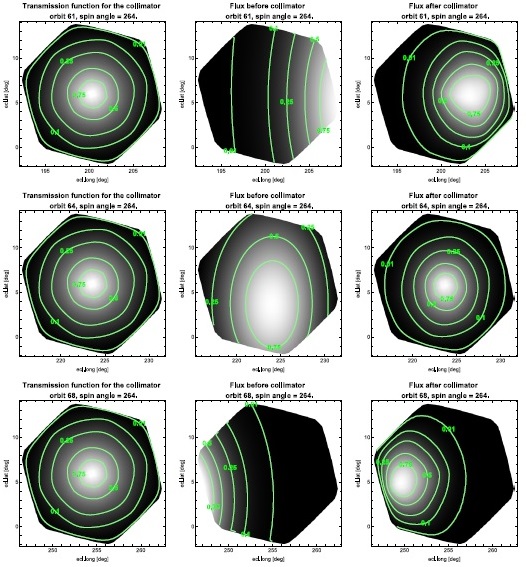
by J. M. Soko´ł, et al.
Abstract: We have developed a refined and optimized version of the Warsaw Test Particle Model of interstellar neutral gas in the heliosphere, specially tailored for analysis of IBEX-Lo observations. The former version of the model was used in the analysis of neutral He observed by IBEX that resulted in an unexpected conclusion that the interstellar neutral He flow vector was different than previously thought and that a new population of neutral He, dubbed the Warm Breeze, exists in the heliosphere. It was also used in the reanalysis of Ulysses observations that confirmed the original findings on the flow vector, but suggested a significantly higher temperature. The present version model has two strains targeted for different applications, based on an identical paradigm, but differing in the implementation and in the treatment of ionization losses. We present the model in detail and discuss numerous effects related to the measurement process that potentially modify the resulting flux of ISN He observed by IBEX, and identify those of them that should not be omitted in the simulations to avoid biasing the results. This paper is part of a coordinated series of papers presenting the current state of analysis of IBEX-Lo observations of ISN He. Details of the analysis method are presented by Swaczyna et al. (2015), and results of the analysis are presented by Bzowski et al. (2015).
Total ionization rates for interstellar neutral helium in the ecliptic plane at 1 AU as Carrington rotation averages. Total ionization rates are given as a sum of photoionization by solar EUV radiation, charge exchange with solar wind protons and alpha-particles for the stationary atom approximation, and electron impact ionization for the slow solar wind regime.
>
